
People are used to associating the word "parasites" with common worms in the human colon. However, their localization can be so different that the patient does not even know about the presence of subcutaneous parasites for several years. Yes, uninvited guests can sit comfortably under a person's skin, and their size can rarely be called microscopic.
Types of parasites and their symptoms
Does your body itch? Purulent acne on the face? Occasional cloudiness in the eye? All of these are subcutaneous parasites that move quickly in the body and can affect internal organs. Such movement occurs independently or with the flow of blood. The patient may not be aware of such a "phenomenon" for many years until a worm is under the layer of the epidermis and "greets" him.

To frighten the reader even more, it is necessary to indicate features of the possible species of parasites, the habitat of which is only under the skin.
Filariasis
When traveling to tropical countries, prepare for a fight with insects, which from their bite can not only cause discomfort in the form of itching or pain, but also infect you with parasites of the nematode species - filariasis. The danger of the disease lies in the long incubation period - about 5-7 years. All this time, the parasites multiply in the human body without giving away any signs.
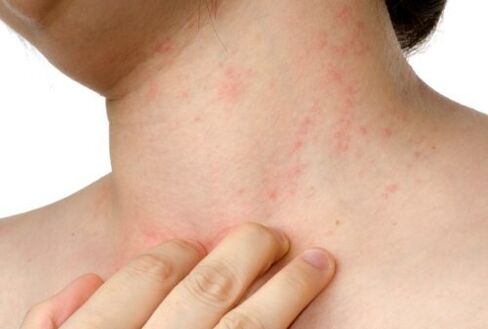
With a large amount of waste products thrown into the body, poisoning gradually begins to develop in a person, which is mainly manifested with a characteristic urticaria on the skin. It only provides itching in the early stages. In the future, the patient will feel for multiple movable seals, face loss of vision, and cope with acute fever.
As far as diagnostics are concerned, the patient is examined by a specialist when the clinic is contacted. With the naked eye you can see crawling worms under the skin, they are also clearly visible during an eye examination. By clarifying the course of the disease and the events that preceded it, the specialist makes the diagnosis and prescribes the appropriate treatment.

Important!Do not neglect the vaccination when traveling to hot countries, even if it is not required by the visa control or health services.
Dracunculosis
Helminths of the presented group enter the body through the ingested contaminated water. It contains larvae whose detection is fundamentally impossible. But the infection itself can be fatal to a human as the larvae can grow up to a meter in size. Such a helminth can settle in the stomach or enter the lungs and completely block the person's breathing. However, this rarely happens because, in most cases, this type of parasite chooses a person's lower limbs.

Symptoms include:
- Itching of the lower extremities;
- the formation of a characteristic role on the legs or feet;
- various purulent skin lesions;
- peculiar bubbles with a diameter of at least 8 cm, which simply burst under the influence of water.
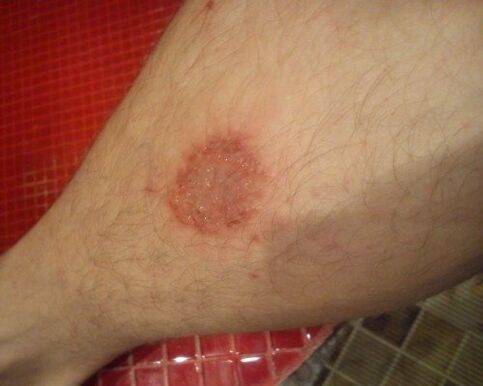
Be careful about the type of water you are drinking, as it is easier to protect yourself and your loved ones from such an infection than it is to resort to treatment.
scabies
All unpleasant scabies is manifested only by itching, rarely on the skin you will find changes in the form of spots and redness. This is due to skin mites, the infection of which only occurs when interacting with another carrier of the disease or when they come into contact with their clothing.
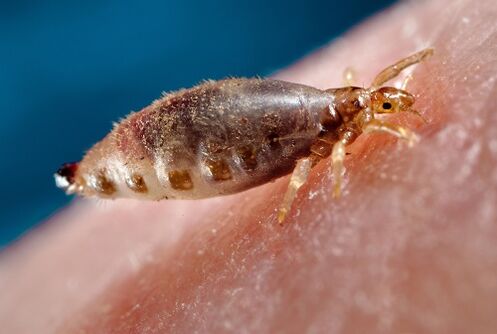
Ticks are small, invisible to the naked eye, but their activity in the body is quite extensive. When penetrating the skin, the parasites gnaw their passages in the deep layers of the epidermis - this provokes itching. During long walks by parasites, passages appear on the skin, and if the surfaces are treated with iodine, you can notice a characteristic cobweb of such passages.
Associated characters are:
- blisters form at the scratched areas;
- Hands and joint surfaces are more affected.
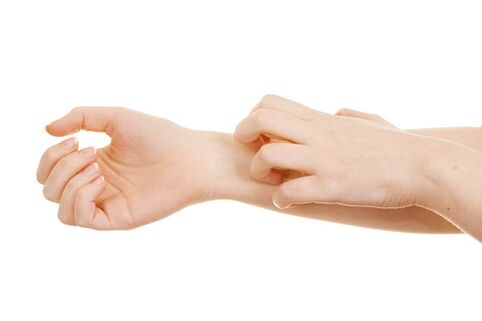
Important!Despite the quick diagnosis by examination by a specialist doctor, treatment can take a long time, so it is better to listen to the precautions against infection.
Demodecosis
Of the numerous parasite species, the lesions caused by ticks of the Demodex genus deserve a separate mention. Their distribution is localized mainly in the sebum glands of the face, which are presented in the form of a characteristic acne. Outwardly, such a reproduction looks very unattractive. Loss of eyelashes is also known as lesions and symptoms.
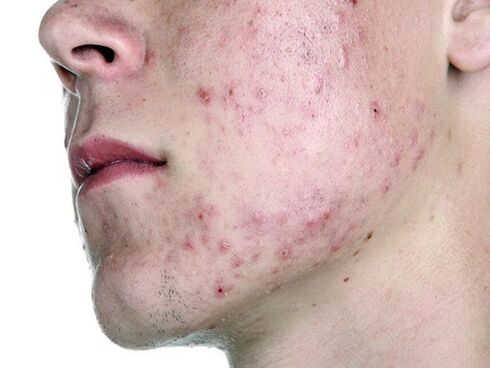
Diagnosis of such a lesion only takes a few minutes. The doctor just examines the skin. However, treatment can last for several years, even if all of the specialist's prescriptions are strictly followed.
Diagnosis of subcutaneous pests
In most cases, the affected area of skin is diagnosed directly in the practice of a specialist who can already determine the disease on a visual examination. However, in order to accurately identify the cause and accompanying lesions of internal organs, the patient is prescribed a comprehensive medical examination. Firstly, it is necessary to clarify all the lesions, and secondly, in this way it is possible to find foci of collections of parasites (if any) and approximately determine their number.
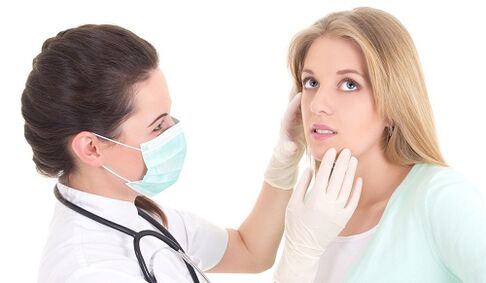
If you experience unpleasant symptoms in the form of a rash, itching and other changes, you should contact the following specialists:
- Dermatologist;
- Allergist;
- Neuropathologist;
- medical psychologist;
- Infectious Disease Specialist.
A full exam will include a visit to a neurologist and medical psychologist, since itching and rash is often a simple mental disorder. However, such visits are only due to the lack of an accurate diagnosis, which was not made after examination by the local doctor.
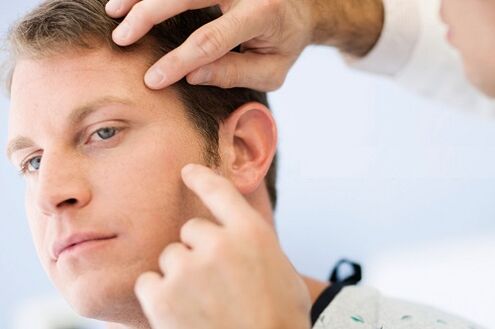
When identifying the type of disease, it is especially important to carry out laboratory diagnostics of the patient, which will accurately reveal the presence of parasites under the skin or in internal organs. Such a survey consists of two phases:
- Direct diagnosis of parasites - a scrape or swab of mucous membranes is used to examine changes. The direct method is used with a clear manifestation of the presence of parasites: reddening of the skin, blisters, purulent acne.
- The second stage involves examining blood for the presence of antigen-antibody complexes, which precisely determines the immune response to fighting parasites in the human body. As a rule, the discarded elements of the vital activity of parasites almost completely kill the protective antibodies, as a result of which the weakened immunity of the body is unable to overcome the intrusion and activity of uninvited guests.
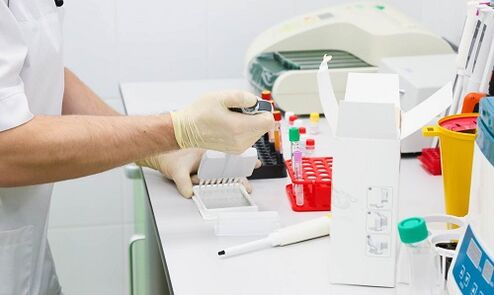
In order to prescribe treatment, it is necessary to accurately identify the type of parasite that has entered the human body. In addition to skin scrapes or mucous membrane swabs, hair, blood, nails, feces, the content of blisters on the skin and other important biological materials are often taken for analysis.
treatment
It is impossible to say exactly about the treatment of parasites under the skin. Their location, area and stage of the lesion play an important role.
As general information, only the following techniques can be mentioned:
- Subcutaneous mites need to be removed with drugs based on the elimination of all types of parasites in the body. Here, specialists often prescribe acaricides, as well as antihistamines. When used externally, antibiotic ointments and gels as well as vasoconstricting drugs, for example an aqueous adrenaline-resorcinol solution, are effective agents. The instructions for use and the treatment regimen are explained by the doctor depending on the stage of the lesion.
- Dracunculosis is subject to surgical intervention. Including all types of worms that have spread under a person's skin or have already invaded internal organs. The danger of such lesions lies in the spread of parasites in the internal organs, as a result of which the brain often suffers. Therefore, the patient must undergo a full and comprehensive examination to find out the location of the worms.

The general principle of removing parasites from the body is carried out in two ways - a conservative method and surgical intervention. It is not recommended to use alternative methods when treating subcutaneous parasites, as it takes a long time and the damage to the body can already be severe and have consequences for the patient's later life.
prophylaxis
Infection with parasites occurs through direct contact with a sick person or an infected area when eating poor quality food or water. Violations of hygiene regulations occupy leading positions among the causes of parasite infestation.
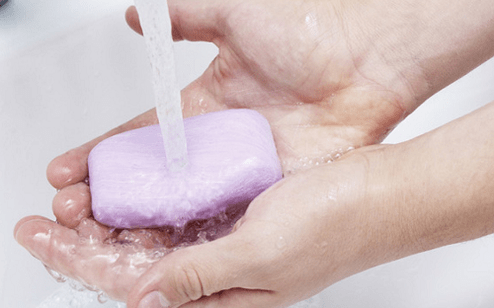
To protect yourself from the problems presented, you should:
- Wash your hands before eating food, after each contact with objects in public places, as well as after using money.
- Do not try to try on someone else's things as they can become infected with parasites, the larvae of which are on the skin and are therefore easily transmitted.
- Do not use other people's cosmetics. Lipsticks, mascara, foreign soap, and other items can become the same vectors of parasite larvae.
- When consuming fruit and vegetables, make sure that they are exposed to washing and other cleaning processes to remove dirt and dust - this can also include pest larvae.
- Any wounds or abrasions need prompt treatment to prevent infection.

Take care of your health and get compulsory vaccinations if you plan to travel to tropical countries. Do not refuse there the help and treatment of wounds, bites and other mechanical injuries to the skin. In this way you can protect yourself from visiting uninvited guests.





























